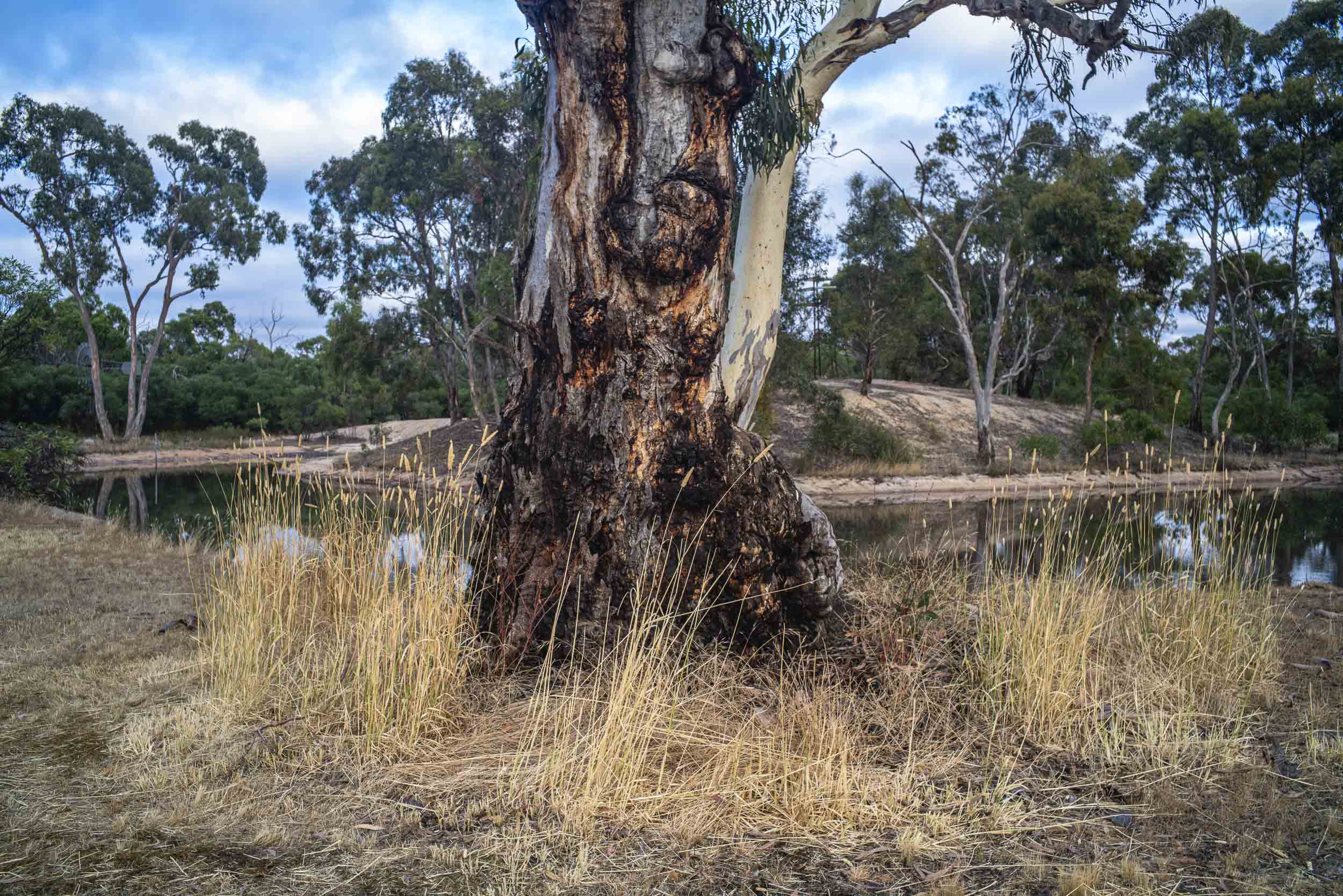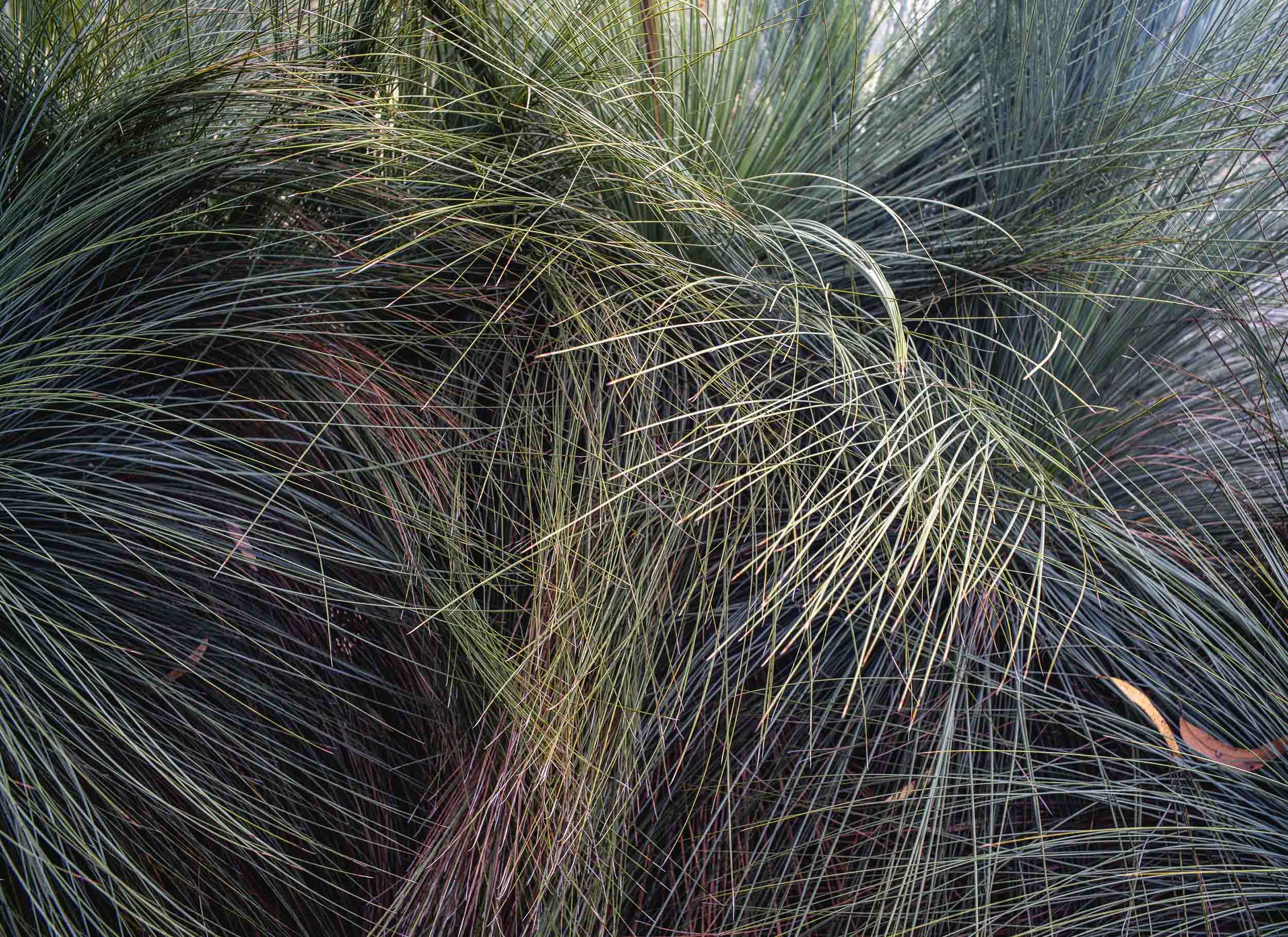What Boyd’s Wimmera paintings highlighted was that the semi-arid mallee landscapes such as the Wimmera had their own unconventional being, Traditionally, these were not seen as sites of aesthetic redemption, or as sites of respite from the negative conditions of modern urban life. This was agricultural land, not wilderness, and it was dry due to the low rainfall.

Just down the road and south of Dimboola was the Little Desert National Park:— a malle bushland that had been preserved in the 1960s after a long controversy in Victoria over agricultural development and conservation. It represented the emergence of ecological awareness in Australia.
There had been a lot of rain during 2022 and the country was still looking good during the height of summer. There was no cracked earth and few dead trees. As the Grampians are nearby, this area has more water and bigger eucalypts than the mallee country that lies north of Horsham and Nhill. Pipelines that sourced water from the Grampians and then spread throughout the Wimmera ameliorated the risks of low and variable rainfall.

The studies that I made that morning were for some large format photography when we returned to stay at the cottages on our way to pick up the standard poodle pup in a week or so. Whilst I was making the studies I wondered if there were other photographers who had photographed in the mallee country in the 21st century; and, if so, then what approach did they take.
There was the Map Group’s 2007-8 project Beyond Reasonable Drought. that was published as a book. Then Andrew Chapman, the Melbourne based documentary photographer, came to mind. I recalled seeing his books on The Wimmera and The Mallee (made with several other photographers) that were published by Ten Bag Press. I’d seen them in a shop in either Ouyen or Birchip from memory, and I recalled that the style was documentary with some of the contributors having a background in photojounalism.

